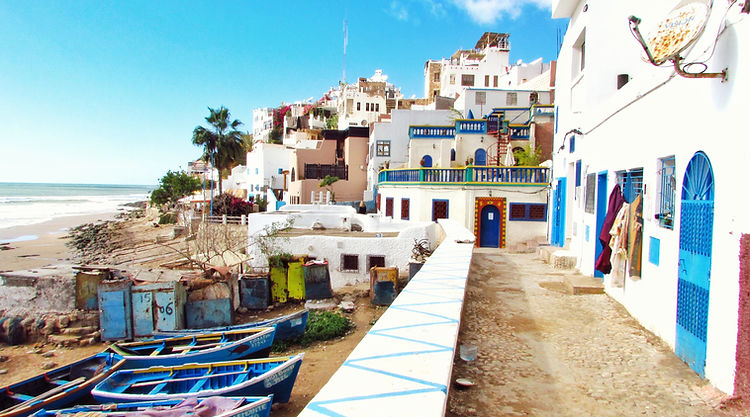
Morocco
Africa
About Morocco

Sara and John say...
For a sub-tropical country, Morocco has more variety in climate than you might at first imagine. It’s not just hot and sunny!
That’s partly down to its position at the northwestern corner of the vast African continent, but also a result of the contrasts between coastal plains, desert and high mountain peaks that are contained within this country.
In broad terms, there is a lot of sunshine year-round, with the winter wettest and summer driest.
The coastal weather is perhaps most reliably agreeable year-round. The ocean has a modifying effect on temperatures, which means it doesn’t get too hot in summer or too chilly in winter. So from Casablanca and Rabat in the north to Essaouira further south, typical daytime temperatures range between the high teens in winter to the high 20s Celsius in summer - often with a refreshing see breeze.
Head further inland to the desert, though, and while the winter can be pleasantly cool, the heat is much more apparent in summer. While the nights can get quite chilly under the desert sky, Marrakesh and Fez regularly see the daytime temperature approaching 40 Celsius in the summer months - too hot for many tourists.
The high Atlas Mountains do provide respite from the stifling heat, although summertime can still be too hot for long hikes, while in winter, snowfall is a regular hazard on the peaks.
All of which makes the spring months of March to May and the autumn months of September and October the best all-round times to visit this fascinating country of physical and cultural contrasts. Not too hot and not too cold, with just a shower or two to keep things fresh!
Quick facts about
Morocco

Capital:
Currency:
Rabat
Moroccan Dirham
Language:
Arabic, Berber
Average weather in
Rabat

